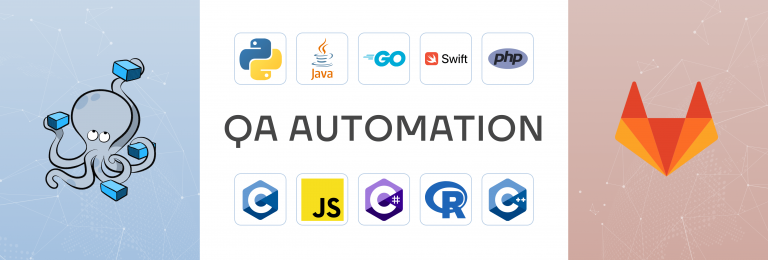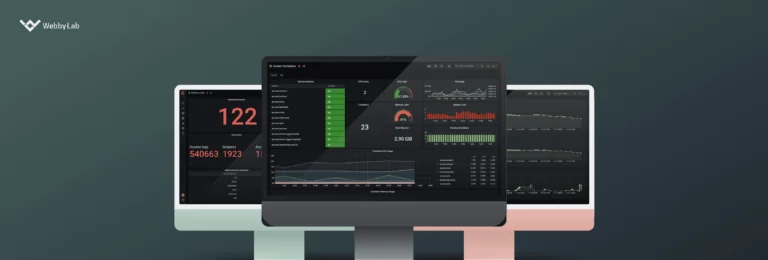Concerns about Flux Standard Action (FSA)
Written by:

Viktor Turskyi
Senior Software Engineer at Google Non-Executive Director and co-founder at WebbyLab.
More than 15 years of experience in the field of information technology. Did more than 40 talks at technical conferences. Strong back-end and fronted development background. Experience working with open-source projects and large codebases.
It’s much easier to work with Flux actions if we can make certain assumptions about their shape. For example, essentially all Flux actions have an identifier field, such as type, actionType, or actionId. Many Flux implementations also include a way for actions to indicate success or failure, especially as the result of a data-fetching operation. Defining a minimal, common standard for these patterns enables the creation of useful tools and abstractions.
You can learn more: https://github.com/redux-utilities/flux-standard-action.
FSA cannot be considered as a universal approach as it has some problems like double dispatch problem and progress handling problem (described in article in details). These issues are not covered by standard. Moreover, trying to implement progress tracking with FSA will force us to switch back to classical or hybrid approaches.
Flux-standard-action is a standard that defines the shape of Redux actions. The same time Redux-toolkit is a high-level library with a lot of utils which can ease you react development. Redux toolkit provides opinionated defaults and does not require FSA to be used.












